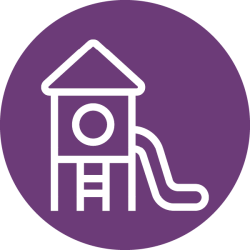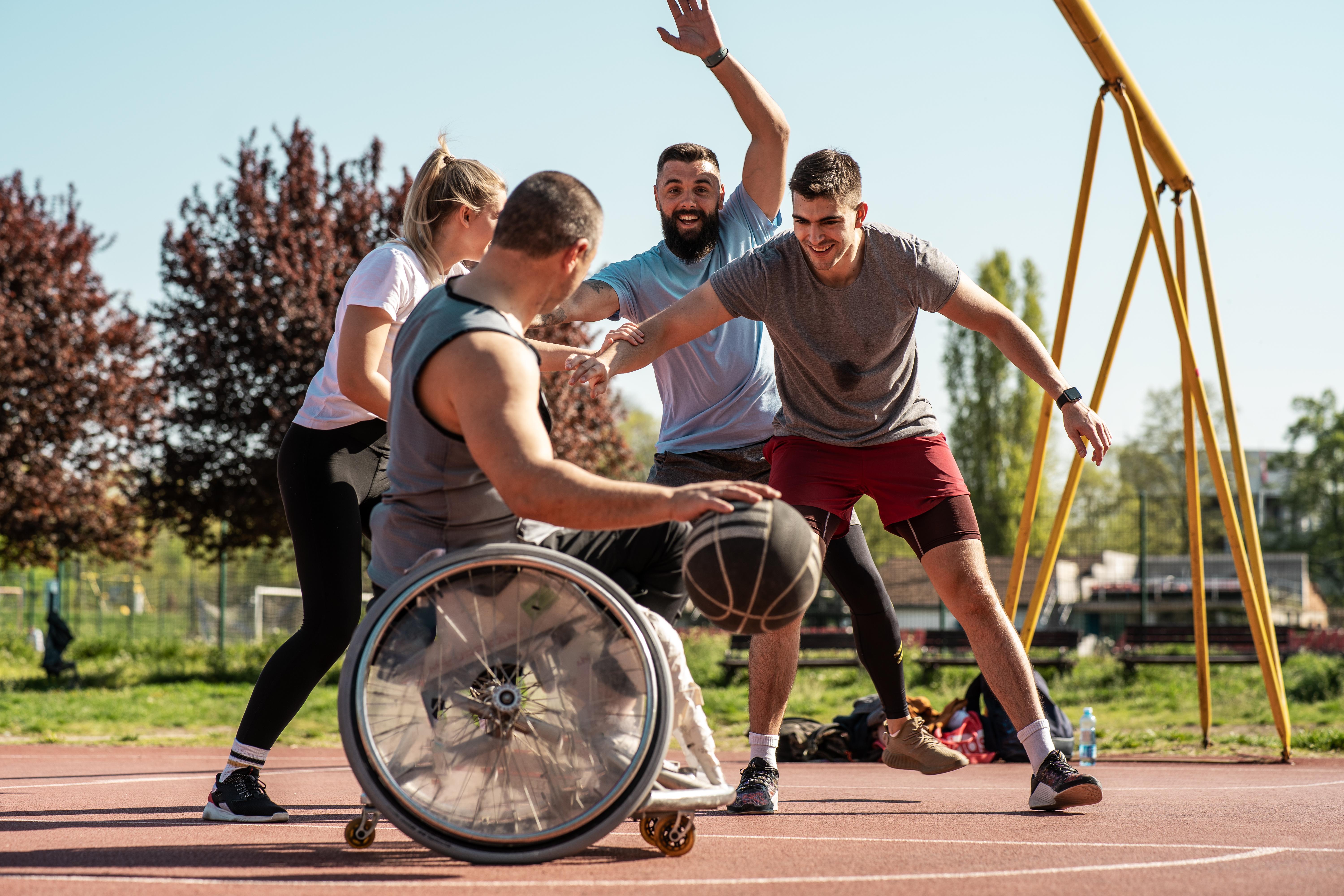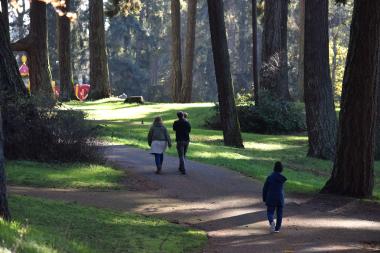Recreation & Natural Resources


Significance
Everyone should have access to safe, welcoming parks and natural spaces nearby – and opportunities to enjoy nature, exercise, and gather with each other. This also includes equitable and legally mandated co-management of natural resources, such as fishing, timber, water, hunting with Federally Recognized Tribes. Parks, Trails, and natural resources support health, belonging, and connection to the land.
But not all communities have equal access to green space or a say in how public lands are used and protected. Low-income neighborhoods and communities of color are often left out of park investments – or face parks that are underfunded, unsafe, or policed unevenly.
- Ensure parks and green spaces are safe, clean, and accessible to all.
- Protect natural resources while honoring indigenous stewardship.
- Expand recreational access across rural, urban, and Tribal areas.
- Involve communities in decisions about public land use and investment.

Resident satisfaction is a measure that sheds light on the overall community perception of parks in the State. This measure is important because it captures community voice on this important government service. Monitoring community feedback allows the opportunity to improve service delivery as needed.
Open Greenspace
Resident satisfaction is a measure that sheds light on the overall community perception of parks in the State. This measure is important because it captures community voice on this important government service. Monitoring community feedback allows the opportunity to improve service delivery as needed.
Regional Trails
Regional trails provide space for recreation and can serve to mobilize people by connecting trails to key areas of opportunity. For example, regional trails can connect people to transit centers and jobs. The goal of examining the location of regional trails with an equity lens is to understand the distribution of and recreational opportunities across Washington.
Park Accessibility
Parks promote recreation and improve neighborhood quality. Parks contribute to neighborhood greenness, which is associate with physical activity and positive mental health. Park accessibility is important to measure because it shows the distance people have to travel to access these public facilities. The goal of examining park accessibility with an equity lens is to understand recreational opportunities across Washington.
Accessible Playgrounds
Livable communities create opportunity to access recreation appropriate for all ages. Playgrounds provide the opportunity for an active lifestyle in households with children. Furthermore, playgrounds are often located on or near parks which makes this measure a viable proxy for park distribution. The goal of looking at playground distribution with an equity lens is to understand recreational opportunities throughout the State.
